
How To Dress Your Baby for Sleep
A story of sleepless nights, the nighttime temperature struggle, and how to dress your baby for sleep.
baby sleepnighttimetemperaturebabydesignbedroomRemember those blissful first few weeks at home with your little one? I sure do. But then, the sleepless nights started. My baby, little Lily, would wake up every hour, seemingly uncomfortable. We tried everything – changing the swaddle, adjusting the room temperature, even singing her lullabies. Nothing seemed to work. Then, one day, a friend mentioned temperature regulation, and how it was crucial for baby sleep.
It turns out, I was overbundling poor Lily. She was sweating in her sleep, which was making her restless and wakeful. It was a light bulb moment. I realized that I needed to understand the right way to dress her for different temperatures, especially at night.
That's why I'm writing this guide. I want to help you avoid the sleepless nights and frustration I went through. Here's a comprehensive guide to baby room temperature and clothing, designed to help you create a safe and comfortable sleep environment for your little one.
Trust Your Instincts – But Learn the Science
First things first, I think it's so important for you to remember to trust your judgement. You know your baby best! But also, it's good to arm yourself with some basic knowledge.
Here's what you need to know about your baby's temperature regulation:
- Babies under 12 weeks old: They haven't fully developed their ability to regulate their body temperature. This makes them more susceptible to overheating or becoming too cold, especially during sleep.
- Core temperature is key: Focus on the baby's core temperature (tummy and neck) rather than their hands and feet. Their hands and feet tend to be cooler than their core, regardless of the temperature.
Your baby is typically too hot if:
- They're sweating.
- They feel very warm to the touch, especially their chest and back.
- Their breathing seems rapid or labored.
Your baby is typically too cold if:
- They feel cool to the touch, especially their chest and back.
- They're shivering.
- Their skin is mottled (blotchy).
But their hands and feet seem cold!? This is actually very common, especially in newborns. Don't be alarmed if their hands and feet are cool, as long as their core temperature feels normal.
Keeping the Right Temperature for Sleep: The Golden Rule
The ideal room temperature for a baby's sleep is between 68-72°F (20-22.2°C). This is a comfortable range for most babies and helps prevent overheating, which is a significant risk factor for Sudden Infant Death Syndrome (SIDS).
OK, SO HOW SHOULD I DRESS THEM FOR SLEEP?
Here's the magic formula: TOG Ratings for Sleep Sacks.
TOG stands for "Thermal Overall Grade." It's a measure of how much warmth a sleeping bag provides. Here's a breakdown of the most common TOG ratings:
0.5 Tog is thin - great for summer
This is the lightest option, perfect for warm summer nights. Think lightweight cotton sleepsuits and a 0.5 TOG sleep sack.
1.0 Tog is medium - great for year round
This is the most versatile option. It's ideal for spring, fall, and even milder winter nights. You can layer with a sleepsuit or a vest depending on the temperature.
2 + Tog is thicker - a great option for winter months
For those cold winter nights, a 2.5 TOG or even a 3.5 TOG sleep sack is a great choice. Layer with a sleepsuit or vest depending on how cold it is.
Dressing Your Baby for Sleep: The Complete Guide, from Summer to Winter
Remember, it's more important to dress your baby for the temperature of their room than the temperature outside. Here's a general guide for dressing your baby for sleep in different temperatures. This is just a general guide, so use your best judgment and trust your instincts!
Under 16°C (61°F):
- 2.5 TOG sleeping bag + sleepsuit + vest
17-20°C (63-68°F):
- 2.5 TOG sleeping bag + sleepsuit
20-22°C (68-72°F):
- 1.0 TOG sleeping bag + sleepsuit
22-24°C (72-75°F):
- Sleepsuit
24-27°C (75-81°F):
- Vest, possibly with a 0.5 TOG sleeping bag
Over 27°C (81°F):
- Nappy only
Beyond Sleep Sacks: Other Baby Sleepwear Options
Sleeping bags
- Pros: Safe alternative to blankets, reduces risk of overheating and suffocation. Great for regulating temperature because they're designed for a specific TOG rating.
- Cons: Can be restrictive for babies who roll over a lot.
Sleepsuits
- Pros: Comfortable and easy to put on and take off.
- Cons: Not as effective as sleep sacks for regulating temperature.
Blankets and accessories
- Pros: Provide warmth and comfort, available in various materials and patterns.
- Cons: Can be a suffocation hazard if not used properly. Not as effective as sleep sacks for regulating temperature.
What should baby wear to bed if they don't like their sleeping bag?
If your baby is too squirmy or prefers not to sleep in a sleeping bag, there are other options:
- Cotton pajamas: Lightweight and breathable, perfect for warmer temperatures.
- Long-sleeved sleepsuits: Good for cooler temperatures.
- Swaddles: Can help babies feel secure and promote sleep. Choose a swaddle made from breathable material and avoid swaddling if your baby rolls over.
Signs baby is too hot while sleeping
- Sweating: A telltale sign that your baby is too warm. Check for dampness on their forehead, back, or neck.
- Flushed cheeks: If their cheeks are red and flushed, it could be a sign that they're overheating.
- Rapid breathing: Babies who are too warm may breathe more quickly or heavily.
How to tell if baby is cold at night
- Cool skin: If their chest and back feel cool to the touch, they may be cold.
- Shivering: A clear sign of being cold.
- Mottled skin: Their skin may have a blotchy appearance, which can indicate they're cold.
When can newborns regulate their temperature?
Babies typically start to regulate their body temperature around 9-12 months old. Until then, it's crucial to keep their environment warm and comfortable, and to dress them appropriately.
How to check a baby's temperature
- Rectal temperature: This is the most accurate way to check a baby's temperature, but it can be uncomfortable.
- Armpit temperature: A less invasive option, but it may not be as accurate.
- Forehead thermometer: A quick and easy way to get a general idea of their temperature.
Baby clothes for temperature, from baby grows to sleeping bags
Here are some of our top recommendations for baby clothes that help regulate temperature, from comfy grows to snuggly sleeping bags:
1. Bebekish Baby Dino Organic Baby Sleepsuit
Best for regulating temperature in summer
- This adorable sleepsuit is made from 100% organic cotton, making it incredibly soft and breathable.
- The lightweight fabric helps regulate temperature, making it perfect for warm summer nights.
2. 3-pack white Cotton Pyjamas
Best for keeping cosy in winter
- This classic set of pyjamas is made from soft, breathable cotton, perfect for keeping your little one cosy on colder nights.
- The long sleeves and full-length legs provide extra warmth and comfort.
3. Baby Mori Ribbed Zip-Up Sleepsuit
Best for easy changes in the night
- This comfy sleepsuit is made from a blend of organic cotton and modal, making it super soft and breathable.
- The zip-up design makes it easy to change your baby in the middle of the night.
4. Tommee Tippee The Original Grobag
Best year round sleeping bag
- Recommended
- The Tommee Tippee Grobag is a popular choice for its versatility and safety features.
- It comes in various TOG ratings, so you can choose the right one for the season.
5. Baby Mori Newborn Swaddle Bag
Best sleeping bag for summer for regulating temperature
- The Baby Mori Newborn Swaddle Bag is a great option for keeping your baby warm and comfortable during the summer months.
- It's made from a breathable, lightweight fabric and is designed to be safe for babies who roll over.
6. ErgoPouch Butterfly Cardi
Best for rolling babies
- Pros: The ErgoPouch Butterfly Cardi is a unique sleepwear option that combines the warmth of a sleeping bag with the freedom of a sleepsuit. The design allows babies to move their arms freely while still staying warm and secure.
- Cons: It can be a bit more expensive than other sleepwear options.
7. 7pk Pure Cotton Short Sleeve Bodysuits (5lbs-3 Yrs)
Best bodysuits for summer
- This pack of seven bodysuits is perfect for warm summer days and nights.
- The lightweight cotton fabric is breathable and comfortable, making it ideal for regulating temperature.
I hope this guide has helped you understand the importance of baby room temperature and how to dress your little one for sleep. Remember, trust your instincts and be patient. It takes time to find the perfect sleep routine for your baby! Sweet dreams to you both.
Explore & Read More Blog Articles

32 Baby Room Decor Ideas
A collection of 32 creative ideas for your baby's room. Get inspired by these design ideas and create your own room.
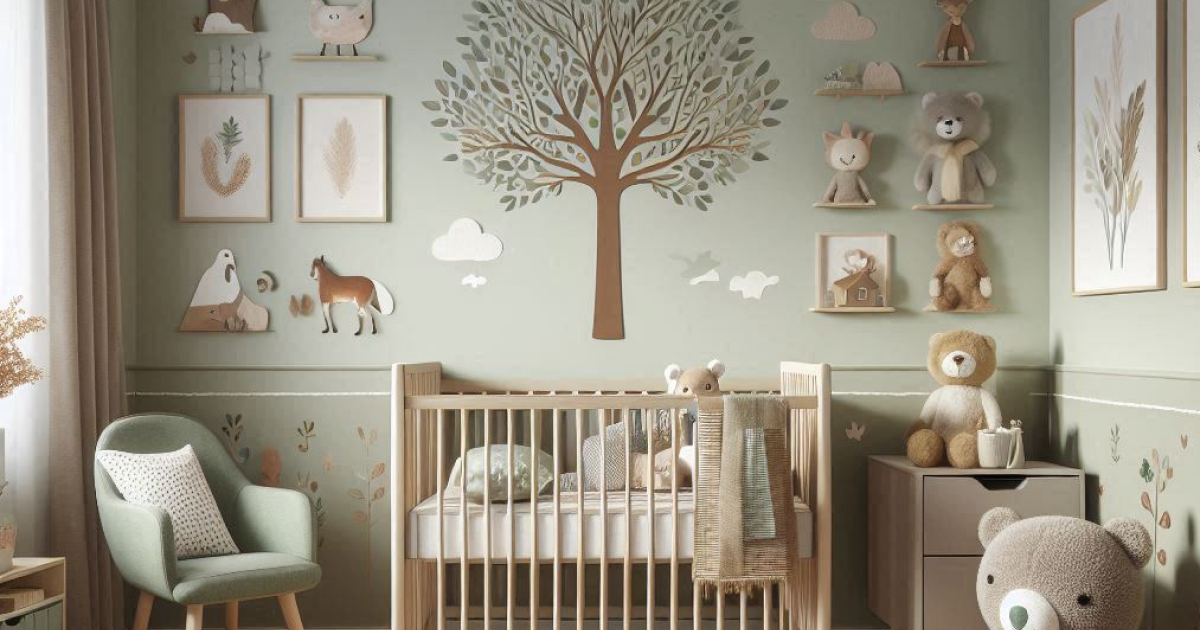
The Guide to Creating the Perfect Nursery
As you eagerly await your little baby's arrival, one of the most exciting tasks on your to-do list is creating their very own room / nursery.
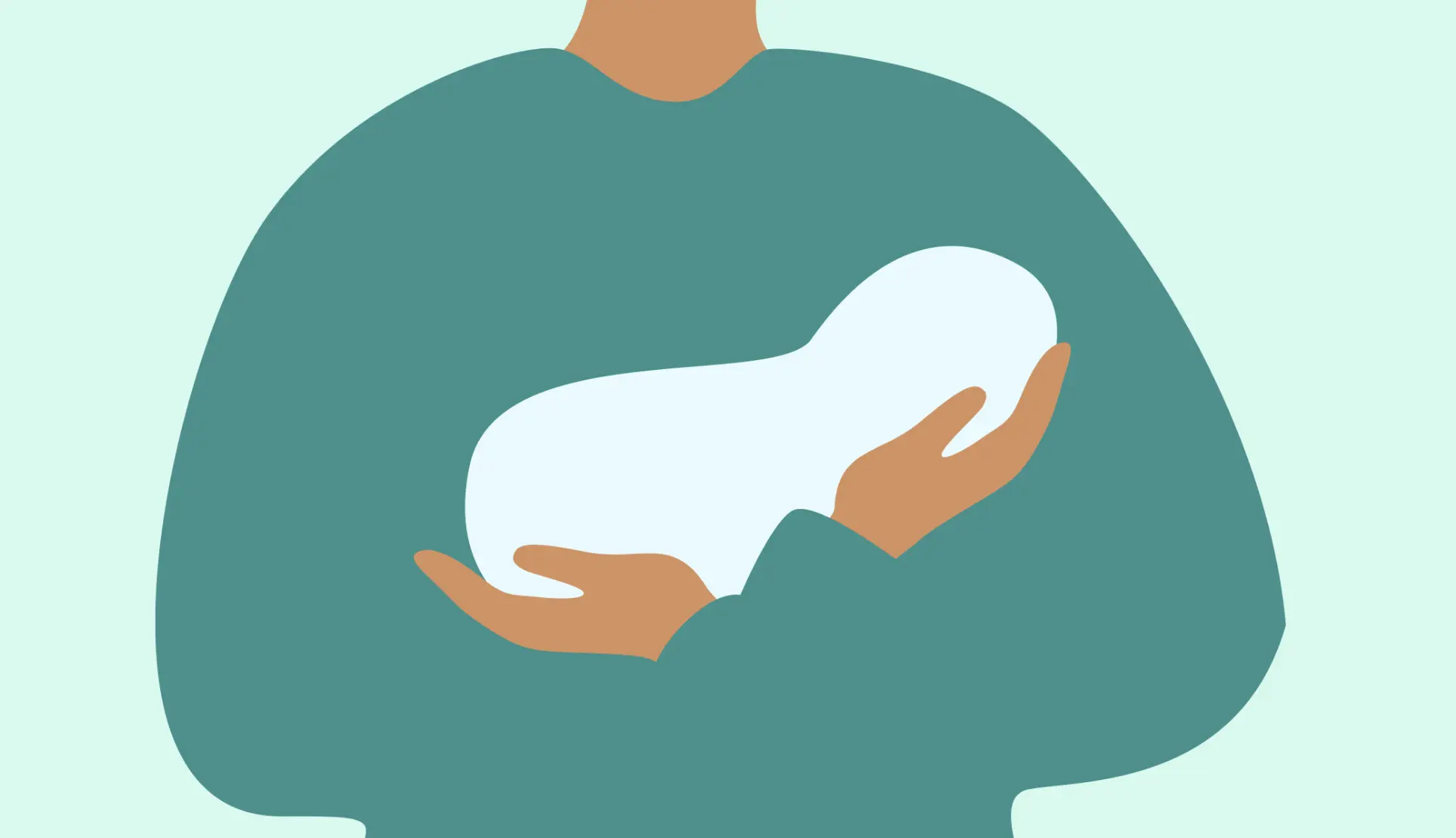
Navigating Postpartum Depression as a New Dad
A guide to navigating postpartum depression as a new dad, including tips for coping, communication, and self-care.

Postpartum Depression: Signs, Symptoms, and Seeking Help for New Moms
Discover the signs and symptoms of postpartum depression, understand the difference between baby blues and PPD, and learn how to seek help

How To Dress Your Baby for Sleep
A story of sleepless nights, the nighttime temperature struggle, and how to dress your baby for sleep.
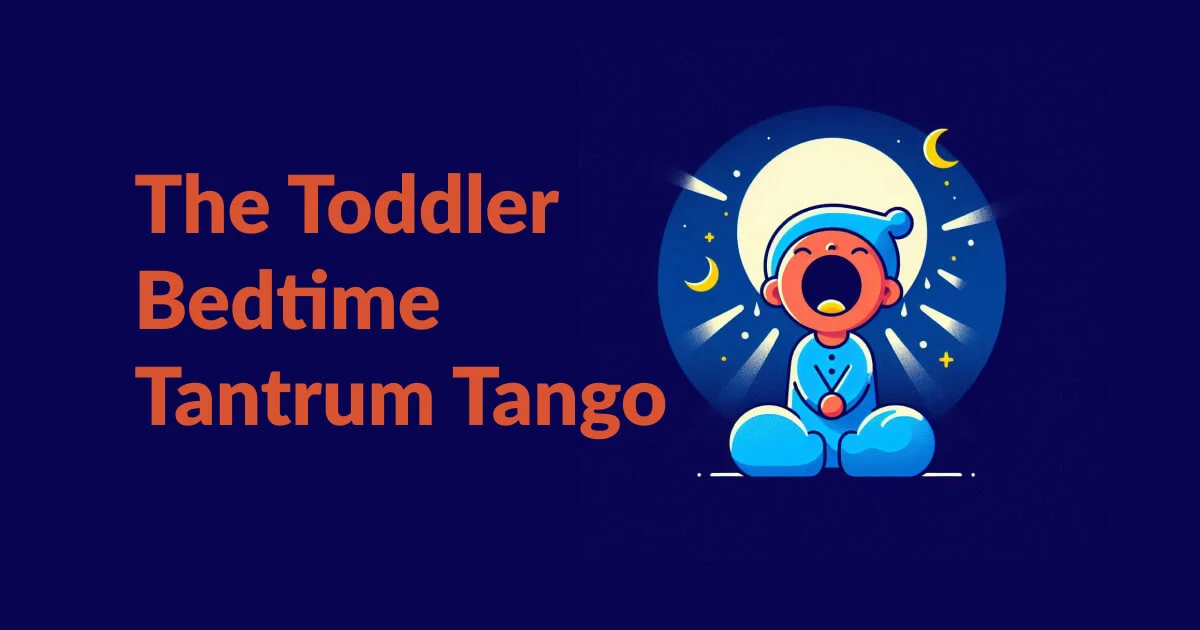
Why Do Toddler Tantrums Happen?
This guide is your roadmap to conquering those nightly meltdowns and reclaiming your sanity. The Toddler Tantrum Tango: A Nightly Struggle.
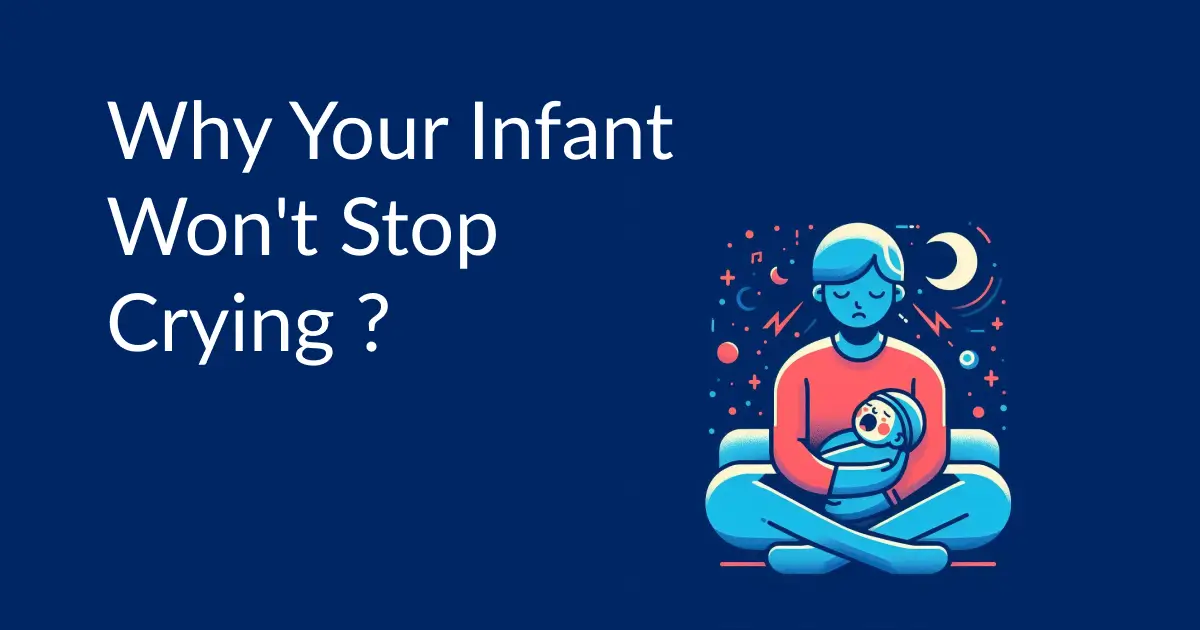
Why Your Infant Won't Stop Crying?
A guide to help you understand why your newborn cries non-stop at night and how to soothe them.
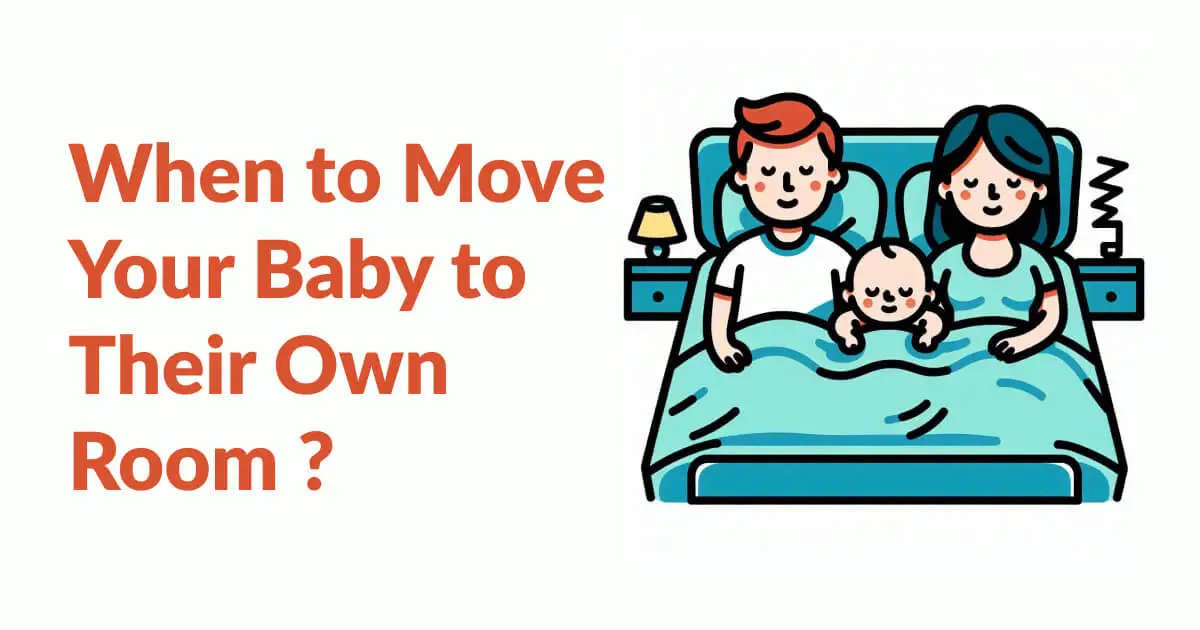
When to Move Your Baby to Their Own Room ?
Let's break down the facts and explore the pros and cons of room sharing versus independent sleep, so you can make an informed decision that works best for your family.